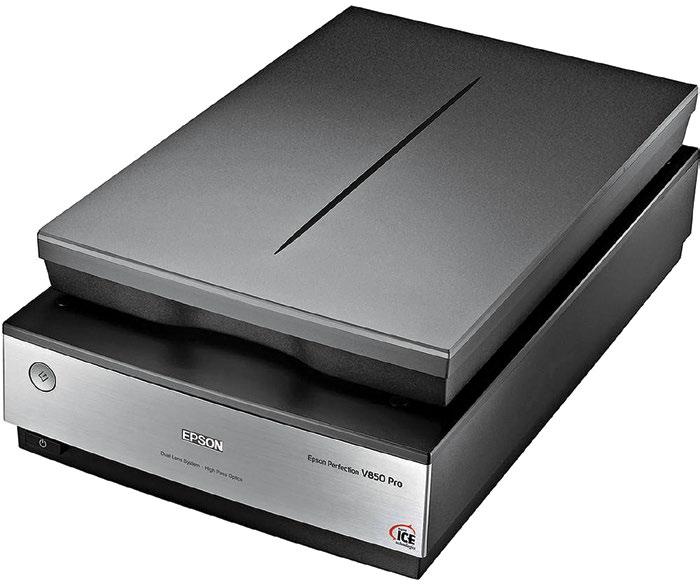
Unfortunately, these are difficult to archive, retrieve and view. They deteriorate over time too. The best way to solve all the problems mentioned is to digitize them.
A film photograph is created using one of the two types of media – viz., negatives or slides (transparencies). The former is used for creating prints. The latter can be used for projection and can also be used to make prints, though this is less common.
For this article, we will concentrate on how to digitize prints as negatives and slides need specialized equipment. We will also look at a few simple postprocessing techniques to restore and correct imperfections.
If you are going to use one, follow the scanner instruction manual to get the optimum results. Use the best quality JPEG for the scanned output file. Most importantly use 300 PPI (pixels per inch) as the scanning resolution. Contrary to what many think, scanning at more than 300 PPI is a waste as there will be nothing in the print to capture beyond this. It will only lead to unnecessarily large files.
If you do not have access to a scanner, a D-SLR (or an MLC) with a pixel count of around 24 MP can be used to photograph prints to accomplish digitization. One advantage of this method is that there is no limitation on the size of a print, a problem that you would face if you use a scanner.
Bu hikaye Smart Photography dergisinin January 2023 sayısından alınmıştır.
Start your 7-day Magzter GOLD free trial to access thousands of curated premium stories, and 9,000+ magazines and newspapers.
Already a subscriber ? Giriş Yap
Bu hikaye Smart Photography dergisinin January 2023 sayısından alınmıştır.
Start your 7-day Magzter GOLD free trial to access thousands of curated premium stories, and 9,000+ magazines and newspapers.
Already a subscriber? Giriş Yap
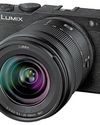
SELECTING THE RIGHT SYSTEM
Buying a new mirrorless camera can be a daunting decision. Not only are cameras very expensive, but also choosing a brand with an exclusive mount can mean locking yourself into a system.

Capturing Momenta Folding Boundaries
With the Pixel 9 Pro Fold, Google takes cues from its impressive line-up of Pixel smartphones and resolves some of the design oddities we’ve seen on foldable smartphones from more seasoned competitors in the category.
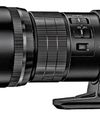
Super Sharp
Smart Photography reviewed the OM System OM 1 Mark II camera last month. If you haven’t read the review, please do so.

HIDDEN FEATURES OF YOUR CAMERA
Ashok Kandimalla has been in the photographic field for over three decades and has extensive experience in both film and digital photography.

Hahnemühle Hemp Paper at Olympics & Paralympics 2024
As the 2024 Paris Olympics and Paralympics embraced sustainability, Hahnemühle’s Digital FineArt Hemp paper played a central role as the exclusive medium for the official Premium Posters. This eco-friendly, plant-based paper aligned with the Games’ commitment to sustainability and delivered exceptional print quality. From limited-edition posters to the Artistic Posters Programme, Hahnemühle’s innovative use of hemp fibres showcased how high-value print products continue to thrive in a rapidly digitizing world.

The Lasting Power of Print: Preserving Memories Through Photobooks
I am a software engineer turned photographer, and my journey in photography has been a constant companion throughout my life.

The Wildlife of Eastern Mongolian Steppe
Mohit Ghatak is an engineer and a management postgraduate and works as a regional business leader in Singapore.

Abhishek Dey's Photo World
I identify myself more as a travel photographer than a purely landscape photographer.
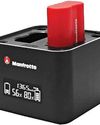
Manfrotto lithium ion batteries for cameras
Manfrotto has introduced its new MKII lithium-ion batteries, featuring a higher capacity of 2400mAh for Nikon, Sony, Canon, Fuji, and OM System cameras.
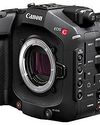
Canon to have EOS C80 with enhanced features
Canon announced the launch of its latest Cinema EOS camera, the EOS C80, just ahead of the International Broadcasting Convention (IBC) 2024.